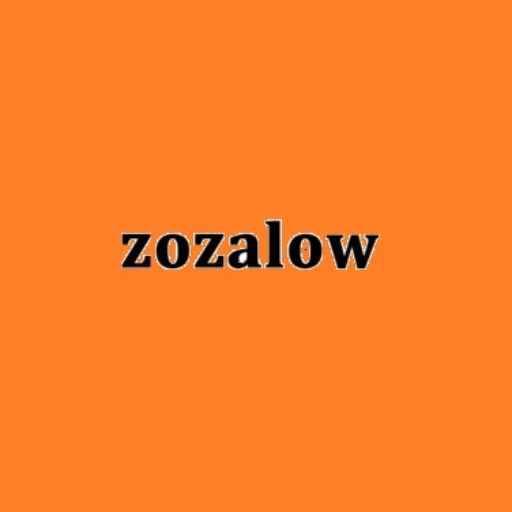In today’s digital age, establishing a robust online presence is imperative for businesses across the spectrum. For B2B (business-to-business) enterprises, this translates into the development of a well-crafted eCommerce website that effectively addresses the distinctive requirements and expectations of their wholesale clientele. In this blog post, we delve into pivotal strategies aimed at facilitating wholesale triumph within the realm of eCommerce. Our approach underscores simplicity and accessibility, ensuring that these strategies are comprehensible and applicable to all readers.
Regarding eCommerce website development Dubai, as a thriving business hub, showcases a particular significance. The dynamic and competitive landscape of Dubai necessitates a strategic approach to B2B eCommerce that is attuned to the regional market nuances. By adopting the strategies we explore in this post, businesses in Dubai and beyond can tailor their eCommerce platforms to not only meet the diverse needs of wholesale clients but also to thrive in a digital landscape that demands user-friendly interfaces and personalized customer experiences.
Understanding the B2B eCommerce Landscape
The Rise of B2B eCommerce
In recent years, B2B eCommerce has experienced significant growth, mirroring the trends in B2C (business-to-consumer) eCommerce. This surge can be attributed to several factors, including the increasing preference for online purchasing, the need for streamlined procurement processes, and the global reach of the internet.
Unique Challenges of B2B eCommerce
While B2B and B2C eCommerce share similarities, B2B transactions often involve more complex pricing structures, custom quotes, and negotiation processes. Therefore, B2B eCommerce websites must be tailored to address these specific challenges and meet the expectations of wholesale buyers.
Key Strategies for Wholesale Success in B2B eCommerce
1. User-Friendly Website Design
Simplify Navigation
One of the most critical aspects of a B2B eCommerce website is its design. Keep it clean, organized, and user-friendly. Ensure that customers can easily find products, place orders, and access essential information. Use clear headings, intuitive menus, and a straightforward layout to enhance the overall user experience.
Mobile Responsiveness
In today’s mobile-centric world, your website must be responsive and accessible on all devices, including smartphones and tablets. A mobile-friendly design ensures that wholesale customers can browse and make purchases conveniently, whether they’re at their desk or on the go.
2. Customized Pricing and Quoting
Tiered Pricing
Implement tiered pricing structures that reflect the quantity of products purchased or the customer’s buying history. This approach encourages larger orders and rewards loyal customers, making it a win-win for both parties.
Request for Quote (RFQ) System
Include a straightforward RFQ system that allows wholesale buyers to request custom quotes for bulk orders. Ensure that the process is easy to understand and quick to complete, reducing any potential barriers to making a purchase.
3. Personalized Customer Portals
Secure Login
Create personalized customer portals that require login credentials for access. This provides a secure and exclusive space for each wholesale customer, where they can view order history, track shipments, and manage their account details.
Tailored Product Catalogs
Within these portals, offer tailored product catalogs based on each customer’s preferences, previous purchases, and negotiated pricing. This level of personalization enhances the shopping experience and increases the likelihood of repeat business.
Related read: Selling Handmade Products Online: eCommerce Website for Artisans
4. Streamlined Order Management
Efficient Checkout Process
Make the checkout process as efficient as possible. Minimize the number of steps required to complete a purchase, and provide clear instructions at each stage. Offer multiple payment options and ensure that tax and shipping calculations are accurate.
Real-time Inventory Updates
Integrate real-time inventory management to prevent overselling and backorders. Wholesale customers rely on accurate stock information to plan their orders effectively, so maintaining transparency in this regard is essential.
5. Customer Support and Communication
Live Chat Support
Include a live chat support feature that allows wholesale buyers to get instant assistance with their inquiries or issues. Prompt and helpful customer support can significantly impact customer satisfaction and loyalty.
Email Notifications
Implement automated email notifications for order confirmations, shipping updates, and promotional offers. Keep your wholesale customers informed and engaged with your brand through personalized email communication.
6. Analytics and Insights
Data Analytics
Leverage data analytics tools to gain insights into your B2B eCommerce website’s performance. Monitor customer behavior, track sales trends, and identify areas for improvement. Data-driven decisions can lead to significant enhancements in your wholesale operations.
7. Integration with ERP Systems
ERP Integration
Integrate your eCommerce platform with Enterprise Resource Planning (ERP) systems commonly used in B2B businesses. This ensures seamless data synchronization between your eCommerce website and other critical business processes, such as inventory management and order fulfillment.
8. Scalability and Future-Proofing
Scalability
Design your B2B eCommerce website with scalability in mind. As your business grows, you should be able to expand your product catalog, accommodate more customers, and introduce new features without major disruptions.
Technology Updates
Stay updated with the latest eCommerce technologies and trends. Regularly update your website to incorporate new features and improvements, ensuring that your B2B platform remains competitive and relevant.
Conclusion
In the world of B2B eCommerce, success hinges on creating an eCommerce website that caters to the unique needs of wholesale customers. By prioritizing user-friendliness, customization, efficiency, and customer support, you can build a platform that attracts wholesale buyers and keeps them coming back for more. Remember, simplicity and accessibility are key to achieving wholesale success in the digital age.
Read the next blog: Structured Data SEO: Enhancing Search Results
